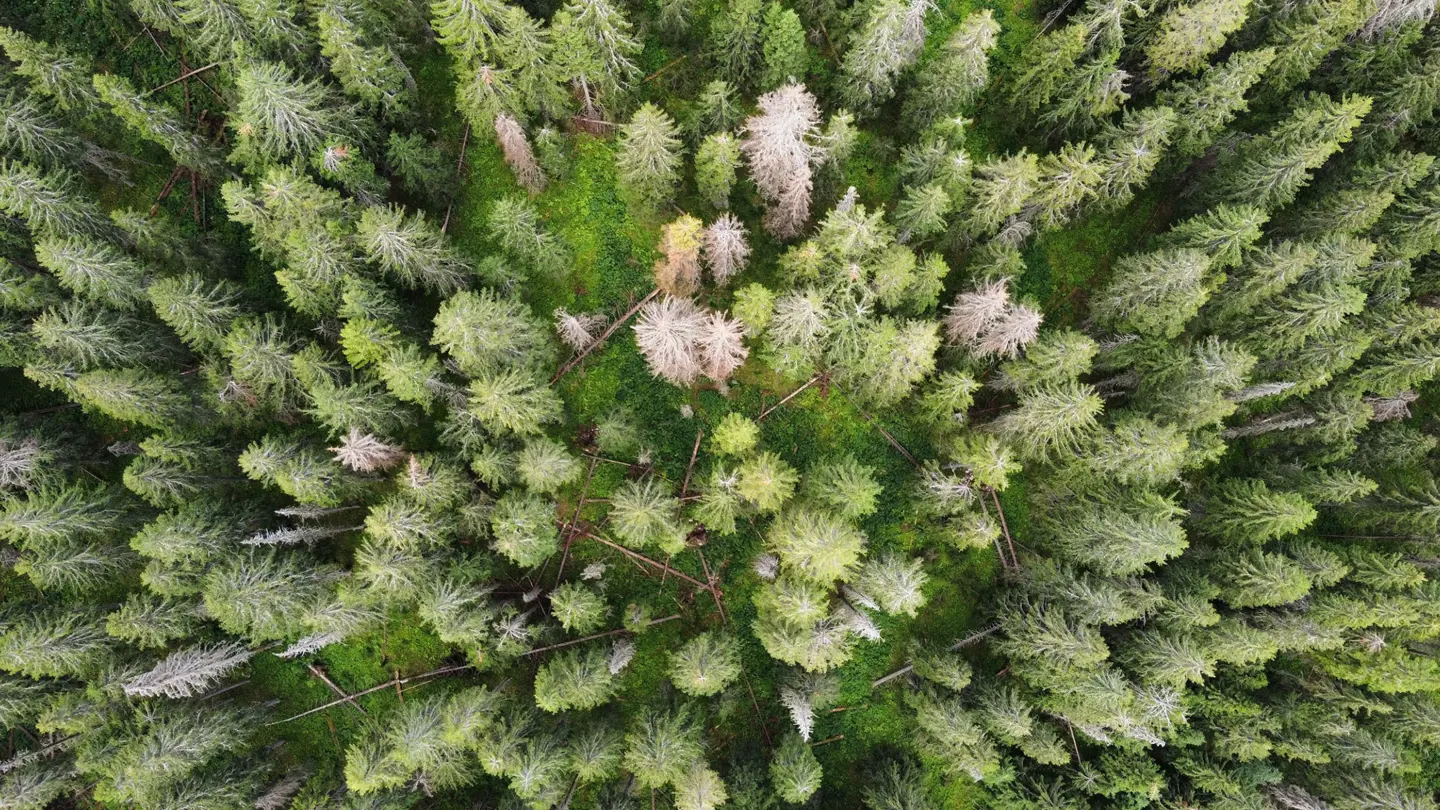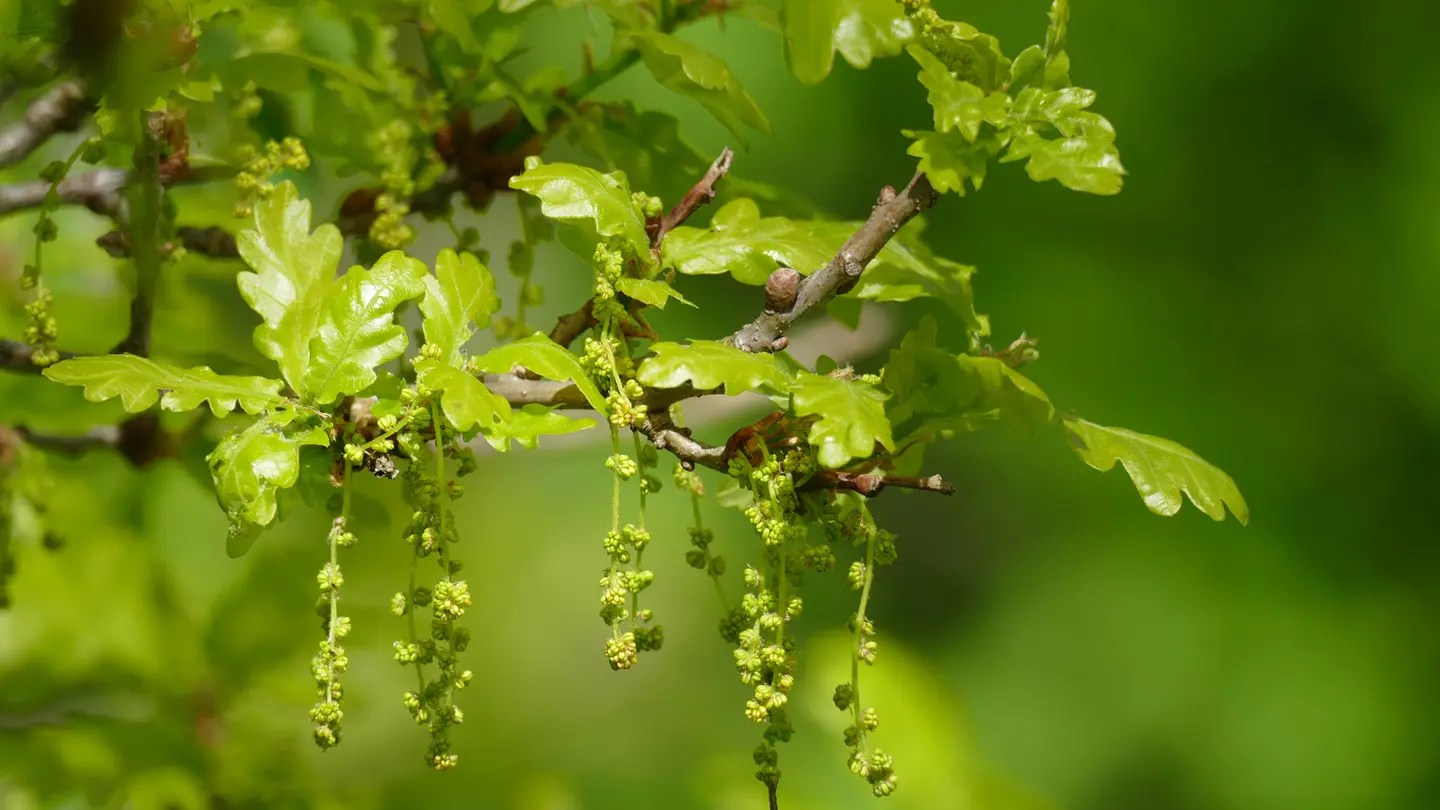
Regenerating the forest – to plant or not to plant?
- Hem
- Vårt arbete
- Skog
- Artikelserie: Genetiska aspekter på användande
- Regenerating the forest – to plant or not to plant?
The increased concern for species diversity and the multiple use of forests has prompted discussion and initiatives emphasizing so called closer-to-nature forestry, including the use of natural regeneration. In some countries forest certification schemes also hold a preference for natural as appose to artificial forest regeneration. However, is this approach sufficient in helping forest adapt as we face the changing climate?
Text by Katri Himanen (Luke), Mari Rusanen (Luke), Mari Mette Tollefsrud (NIBIO), Kjersti Bakkebø Fjellstad (NordGen Forest). Top photo: Katri Himanen/Luke.
Artificial forest regeneration, also called forest cultivation means regenerating a forest by sowing seeds or planting seedlings. The method gives the opportunity to choose the regenerated tree species more freely compared to natural regeneration. In natural regeneration on the other hand, the existing trees on site or in the surroundings are relied on to provide the new tree generation by spread of seeds.
In some cases, the species growing on a site is not the most suitable one: extensive root rot in Norway spruce stands or a previous poor choice of species is an indication to shift into another option, such as for instance broadleaved trees.
Additionally, artificial regeneration opens the possibility to use genetically improved – so-called seed orchard – seeds or seedlings. Provenance transfer or assisted migration, both meaning the use of non-local seed sources, also becomes a possibility.
How will the climate change effect trees?
Climate change will favour some tree species and prove difficult for others. Especially Norway spruce is expected to suffer from the increasing droughts in much of northern Europe.
While the first, slowly emerging sign of poor adaptation of the trees in a stand is slower growth, in more extreme cases there is also a greater risk of abiotic and biotic damages such as pest out-breaks. This will decrease both the profitability of forest management and carbon sequestration.

Tree species often have high phenotypic plasticity, meaning that they can survive and grow in many kinds of climates. This quality varies among species. However, there is an optimal range of conditions, in which the individuals or populations thrive. As trees are long living organisms and start their reproduction late, the ability of populations to adapt to a quickly changing climate is limited. In fact, research has shown that material of local origin is rarely preferable in terms of growth and survival. Typically transfer distances in forest cultivation are in the range of tens or hundreds of kilometres.
Is natural more genetically diverse?
Genetic diversity of a species is one aspect of biodiversity and important to conserve as such. It also serves as an insurance policy in the changing climate, ensuring the adaptation of the species and populations to various conditions and threats. An individual stand – naturally regenerated or not – does not contain all the genetic variation of a species. However, on a larger geographical area or within breeding populations in tree breeding programs, the genetic variation is higher. Gene flow and recombination of genes in sexual reproduction both in nature and seed production further increase genetic diversity.
The level of genetic diversity on a stand and landscape level, as well as through time, is thus affected by multiple factors and choices. The current knowledge does not indicate a trend in which the genetic diversity would be maintained at a higher level in either natural or artificial forest regeneration.
In the case of marginal tree species, with typically small naturally occurring stands such as linden or maple, seed orchards in fact are a way to ensure that the planted seedlings have a sound genetic background.
When is natural regeneration a good alternative?
Despite its advantages, artificial regeneration is not always the clear winner. In stands with low productivity such as nutrient-poor sites in northern Fennoscandia natural regeneration is a good option. In these cases, the limited competition from ground vegetation allows the naturally regenerating seedlings to grow, and the higher economic investment needed in artificial regeneration is not justified.

Typically, naturally regenerated seedlings of various species appear also in planted seedlings stands. Although sometimes causing expenses in early tending of the stand, this species mixture and added genetic diversity to the target species also increases the biological diversity and resilience of the stand.
Take home messages for forest policy
Commonly used methods of natural regeneration, such as the seed tree method for Scots pine, may be a viable option to ensure regeneration in the correct sites. Artificial forest regeneration, however, allows choices that are not available in forest management practices solely relying on natural regeneration. With the rapid rate of climate change and urgent need for mitigation, the possibility to change the tree species on a site or to use seed transfers is needed to ensure forest health and carbon sequestration. These management options require forest cultivation.
As the global need for wood-based materials is expected to increase and the carbon sequestration and storage of forests is becoming increasingly important in curbing further climate change, enhancing forest growth is essential. One solution is offered by tree breeding and artificial regeneration. The typical seed and seedling material in artificial forest regeneration in the Nordic countries have a 10–30 % higher volume growth compared to natural populations. At the same time, maintaining high genetic diversity in tree breeding programs and during seed production is increasingly important as means to prepare for the future climate.
FACTS
- This article addresses Recommendation 3 in the EUFORGEN report “Genetic aspects linked to production and use of forest reproductive material (FRM)“.
- EUFORGEN (European Forest Genetic Resources Programme), the European cooperation on conservation and sustainable use of forest genetic resources, has released an in-depth report on different genetic aspects which one should be aware of linked to production and use of FRM.
- NordGen Forest and partners highlight some of the recommendations in the EUFORGEN report and how these relate to Nordic strategies.